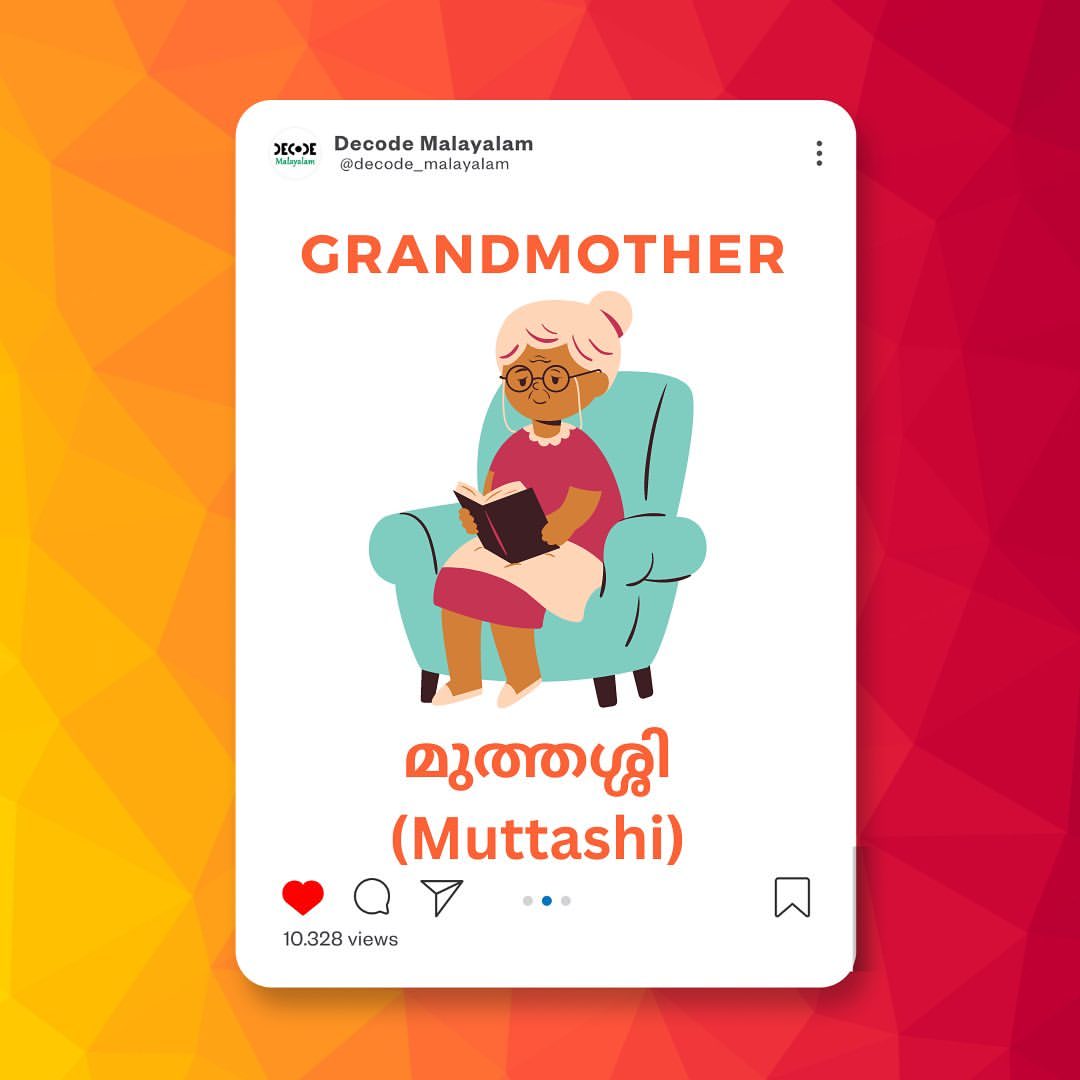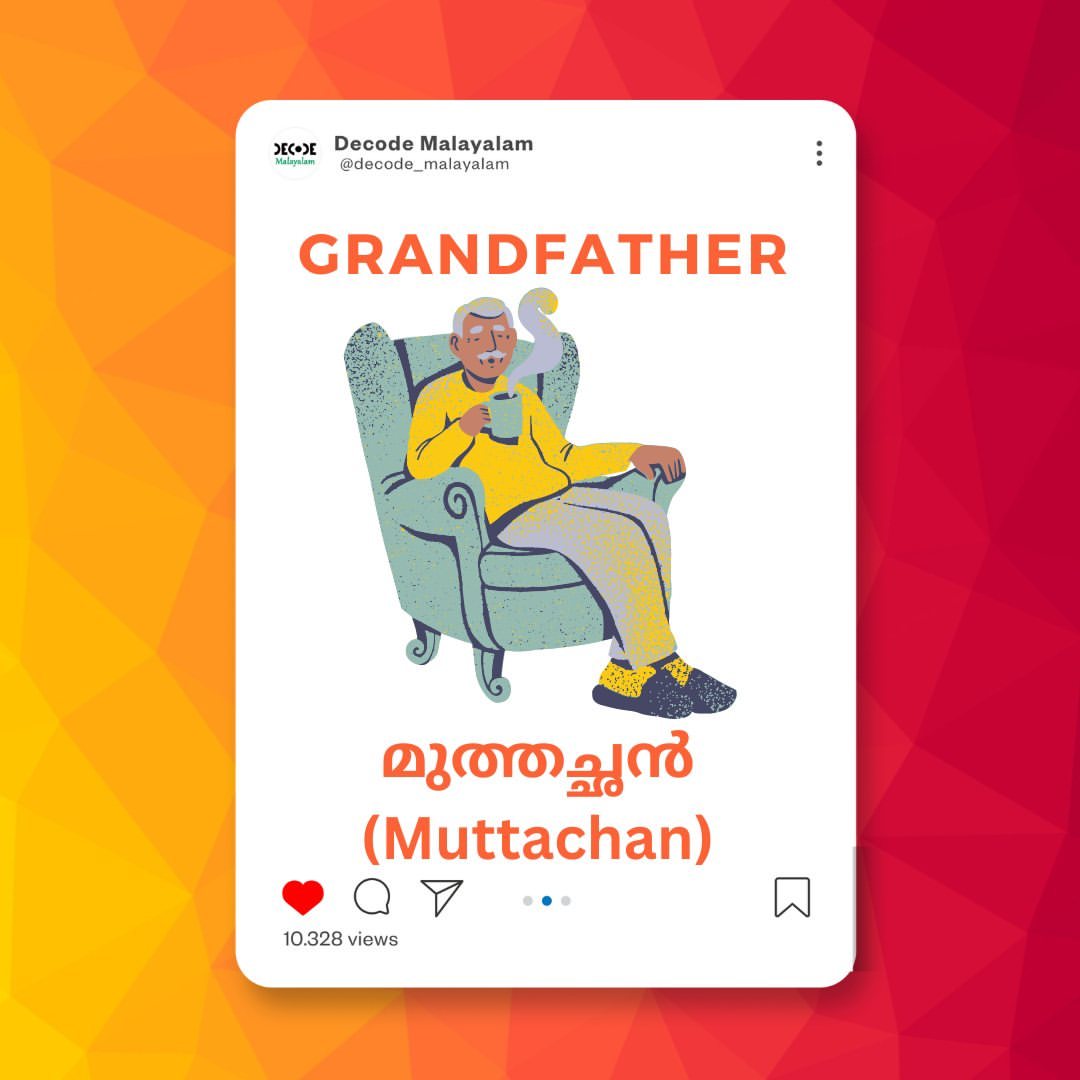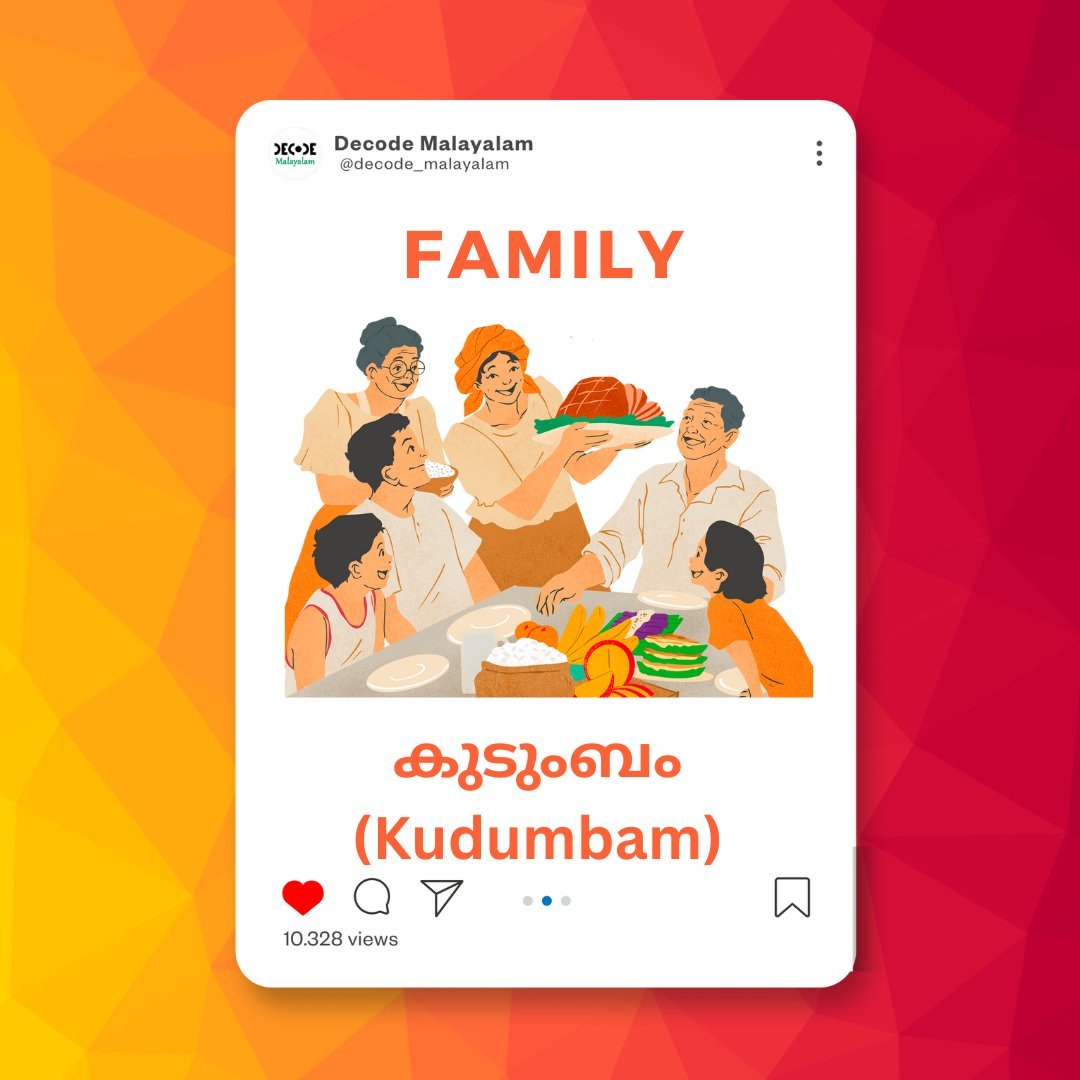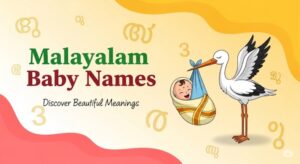Step back in time with us, not just into the past, but into the very heart of Kerala’s rich cultural tapestry. Imagine a traditional nalukettu (a classic Kerala homestead with a central courtyard), the aroma of coconut oil and jasmine wafting through the air, and the soft glow of a lamp. In this journey, we won’t just learn words; we’ll uncover stories, traditions, and the very soul of Kerala through the objects that have shaped its daily life and spiritual practices for centuries. Knowing the Malayalam names for these unique items isn’t just a linguistic exercise; it’s an intimate invitation to understand the profound cultural significance deeply embedded in the “God’s Own Country.”
While modern life has brought its share of conveniences, many traditional objects continue to hold a revered place in Kerala homes, especially during festivals, ceremonies, or simply as cherished heirlooms. From the utensils that once cooked grand Sadhya feasts to the lamps that illuminate sacred spaces, each object carries a legacy. This article will guide you through the Malayalam names of these quintessential Kerala objects, providing not just their translations but also their cultural context, usage, and significance. Let’s delve into the beauty of Kerala’s heritage, one word at a time.
Kitchens of Yore: Traditional Cooking and Serving Vessels
The traditional Kerala kitchen was a vibrant hub of activity, filled with distinct vessels and tools designed for specific culinary traditions. These items speak volumes about the ingenuity and flavors of Kerala’s culinary heritage.
- ഉരുളി (uruḷi) – Large, shallow, wide-mouthed cooking vessel (traditionally made of bronze/brass)
- Context: The uruḷi is iconic in Kerala. It’s often used for cooking large quantities of food for festivals like Onam or Vishu, preparing traditional dishes like payasam, or even for decorative purposes, filled with water and flowers.
- Example Sentence: വലിയ ഉരുളിയിൽ പായസം ഉണ്ടാക്കാം. (valiya uruḷiyil pāyasaṁ uṇṭākkāṁ.) – We can make payasam in the large uruḷi.
- (Imagine audio pronunciation here)
- ചെമ്പ് (cembu) – Copper or Bronze Vessel / Pot
- Context: A general term for various copper or bronze vessels, often used for cooking rice, storing water, or as serving dishes.
- Example Sentence: ചെമ്പിൽ വെള്ളം സൂക്ഷിക്കുക. (cembil veḷḷaṁ sūkṣikkuka.) – Store water in the copper vessel.
- (Imagine audio pronunciation here)
- കലം (kalaṁ) – Clay Pot / Earthenware Pot
- Context: Before metal vessels became common, clay pots were fundamental for cooking, especially for curries, as they impart a unique flavor. Many still prefer kalaṁ for certain dishes.
- Example Sentence: കറി കലത്തിൽ വേവിക്കുക. (kaṟi kalattil vēvikkuka.) – Cook the curry in the clay pot.
- (Imagine audio pronunciation here)
- അമ്മി (ammi) – Grinding Stone (flat stone for grinding spices)
- Context: Paired with an ammikkuṭṭi (smaller grinding stone/pestle), the ammi was the traditional way to grind spices and prepare fresh masalas, producing a distinct texture and aroma impossible to replicate with modern grinders.
- Example Sentence: അമ്മിയിൽ മസാല അരയ്ക്കുക. (ammiyil masāla araykkuka.) – Grind the spices on the grinding stone.
- (Imagine audio pronunciation here)
- ചിരവ (cirava) – Coconut Scraper
- Context: A quintessential Kerala kitchen tool! Coconuts are central to Malayalam cuisine, and the cirava is used to grate fresh coconut.
- Example Sentence: തേങ്ങ ചിരവ ഉപയോഗിച്ച് ചിരകുക. (tēṅṅa cirava upayōgiccŭ cirakuka.) – Scrape the coconut using the scraper.
- (Imagine audio pronunciation here)
- പലക (palaka) – Wooden Board / Chopping Board
- Context: A simple but essential item, often a flat wooden piece, used for chopping vegetables or kneading dough.
- Example Sentence: പച്ചക്കറികൾ പലകയിൽ അരിയുക. (paccakkaṟikaḷ palakayil ariyuka.) – Chop the vegetables on the board.
- (Imagine audio pronunciation here)
Illuminating Traditions: Lamps and Spiritual Objects
Light plays a significant role in Kerala’s spiritual and cultural practices. Traditional lamps are not just sources of light; they are symbols of prosperity, purity, and divine presence.
- നിലവിളക്ക് (nilaviḷakkŭ) – Traditional Kerala Standing Lamp
- Context: The nilaviḷakkŭ is arguably the most iconic symbol of Kerala’s culture. It’s lit during auspicious occasions, prayers, festivals, and as a welcoming gesture. It’s commonly found at the entrance of homes and temples.
- Example Sentence: സന്ധ്യാദീപം നിലവിളക്ക് തെളിയിക്കുക. (sandhyādīpaṁ nilaviḷakkŭ teḷiyikkuka.) – Light the evening lamp (nilavilakku).
- (Imagine audio pronunciation here)
- തെളിയിക്കുക (teḷiyikkuka) – To light (a lamp)
- Context: The act of lighting the lamp, often done ritualistically in the evening.
- Example Sentence: ഓരോ ദിവസവും ദീപം തെളിയിക്കുന്നു. (ōrō divasaṁ dīpaṁ teḷiyikkunnu.) – The lamp is lit every day.
- (Imagine audio pronunciation here)
- ആരാധന (ārādhaṇa) – Worship / Prayer
- Context: While not an object, it’s the activity associated with many of these spiritual items.
- Example Sentence: ക്ഷേത്രത്തിൽ ആരാധന നടന്നു. (kṣēttrattil ārādhaṇa naṭannu.) – Worship took place at the temple.
- (Imagine audio pronunciation here)
Adornments and Attire: Traditional Wear and Accessories
Kerala’s traditional attire is simple yet elegant, reflecting the climate and cultural values. Understanding the names of these items helps appreciate the local aesthetic.
- മുണ്ടും നേര്യതും (muṇṭuṁ nēryatuṁ) – Mundu and Neriyathu (traditional attire for women)
- Context: The muṇṭu is a lower garment worn by both men and women. For women, it’s often paired with a nēryatuṁ, an upper garment, especially for traditional occasions.
- Example Sentence: അവൾ മുണ്ടും നേര്യതും ധരിച്ചിരുന്നു. (avaḷ muṇṭuṁ nēryatuṁ dhariccīrunnu.) – She was wearing a Mundu and Neriyathu.
- (Imagine audio pronunciation here)
- മുണ്ടു (muṇṭu) – Mundu (traditional lower garment for men and women)
- Context: The staple attire, similar to a sarong, worn by men and women across Kerala.
- Example Sentence: അദ്ദേഹം വെളുത്ത മുണ്ട് ധരിച്ചു. (addēhaṁ veḷutta muṇṭŭ dhariccu.) – He wore a white Mundu.
- (Imagine audio pronunciation here)
- സ്വർണ്ണം (svarṇṇaṁ) – Gold
- Context: Gold plays a significant role in Kerala culture, especially in weddings and festivals. Traditional jewelry is often made of gold.
- Example Sentence: സ്വർണ്ണം ഒരു നിക്ഷേപമാണ്. (svarṇṇaṁ oru nikṣēpamāṇŭ.) – Gold is an investment.
- (Imagine audio pronunciation here)
- ആഭരണം (ābharaṇaṁ) – Ornament / Jewelry
- Context: General term for jewelry, often ornate and unique to Kerala designs.
- Example Sentence: അവൾക്ക് ധാരാളം ആഭരണങ്ങൾ ഉണ്ട്. (avaḷkkŭ dhārāḷaṁ ābharaṇaṅṅaḷ uṇṭŭ.) – She has many ornaments.
- (Imagine audio pronunciation here)
Aromatic Essentials: Spices and Natural Elements
While you have a “food in Malayalam” blog, some natural elements are so fundamental to Kerala’s identity and traditional homes that they deserve a mention here.
- തേങ്ങ (tēṅṅa) – Coconut / Coconut Tree
- Context: The coconut tree is the “Kalpavriksha” (tree of life) of Kerala. Coconuts, coconut oil, and coconut milk are integral to cuisine and daily life.
- Example Sentence: കേരളം തേങ്ങയുടെ നാടാണ്. (kēraḷaṁ tēṅṅayuṭe nāṭāṇŭ.) – Kerala is the land of coconuts.
- (Imagine audio pronunciation here)
- കറിവേപ്പില (kaṟivēppila) – Curry Leaves
- Context: An aromatic herb used in almost every Kerala dish, a signature scent of Kerala kitchens.
- Example Sentence: കറിവേപ്പില കറിയിൽ ചേർക്കുക. (kaṟivēppila kaṟiyil cērkkuka.) – Add curry leaves to the curry.
- (Imagine audio pronunciation here)
- ജാതിക്ക (jātikkā) – Nutmeg
- Context: One of the many spices native to Kerala, used in traditional cooking and medicine.
- Example Sentence: ജാതിക്ക മസാലകളിൽ ഉപയോഗിക്കുന്നു. (jātikkā masālaṅṅaḷil upayōgikkunnu.) – Nutmeg is used in spices.
- (Imagine audio pronunciation here)
Beyond Objects: Experiencing Kerala Culture
Learning these words is a window into a deeper appreciation of Kerala. When you visit a heritage museum, a traditional homestay, or a local temple, these words will help you connect with the place on a more profound level.
- Visit Local Markets: Head to a local market in Kerala (like Broadway in Ernakulam or Chalai Market in Thiruvananthapuram) and try to identify and name these traditional items.
- Watch Malayalam Cooking Shows: Many YouTube channels feature traditional Kerala cooking. Try to pick out the names of the utensils and ingredients.
- Explore Heritage Sites: When visiting old houses, palaces, or temples in Kerala, try to spot the nilaviḷakkŭ, uruḷi, or other traditional elements and recall their names.
- Engage with Elders: Older generations in Kerala often have fascinating stories related to these traditional objects. Asking about them in Malayalam will open up rich conversations.
Conclusion: A Language Steeped in Heritage
The Malayalam names for these traditional objects are more than just vocabulary; they are whispers of Kerala’s past, echoes of its customs, and a vibrant part of its enduring identity. By learning about the nilaviḷakkŭ, the uruḷi, and the muṇṭu, you’re not just expanding your linguistic repertoire; you’re immersing yourself in the soul of “God’s Own Country.”
Your journey with Decode Malayalam isn’t just about speaking a language; it’s about understanding a culture. So, next time you see a picture of a beautiful Kerala landscape, or perhaps a family gathering for Onam, look for these objects. Each one tells a story, and now, you have the words to understand a part of that narrative.
Which traditional Kerala object fascinates you the most, and why? Share your thoughts and any personal experiences in the comments below!
Related Articles:










